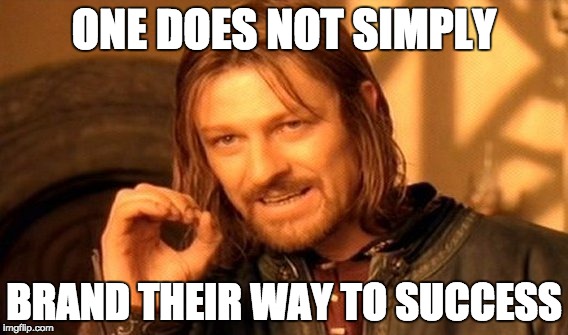It’s easy to think of branding, marketing and advertising as overlapping functions serving the same goal: promoting your company as the best possible option to the widest audience.
However, branding is what occurs BEFORE marketing or advertising. A typical business pushes products onto customers, whereas branding pulls those customers toward products. It’s a simple truth, yet a hard one to execute.
Beyond misconceptions, what is branding, really?
What is branding?
A common mistake companies of all sizes make is believing branding is a short-term, ROI-driven goal. Following this conviction will only create unmet expectations and poor strategic vision regarding what actually matters.
“Branding is not something you do to gain equity or ROI in one day, one week or one year,” said Brafton Design Director Ken Boostrom. “It’s a steady campaign of being in everyone’s mind.”
Branding is a method of communication that aims to set a company apart from others. Accomplishing this differentiation can be done in a number of ways, and businesses should consider a variety of factors when determining what their brand actually represents:
- What is your market, and where do you fit within that market?
- How are you different, and why do you choose to be different on certain issues?
- What do your core customers want in a brand?
- What trends will dictate customer perception in the future?
- What are your short- and long-term commercial and marketing goals?
- What is your visual identity?
- What emotions do you want to elicit from consumers?
What elements make up your branding?
Branding is an inherently visual process, and, often, there may not be tangible results tied to the more intangible creative decisions that define a business.
The core components that make up a brand are:
- Name: Who you are, what it means, what you want to be referred to as.
- Logo: An identifier that should be recognizable and even stand alone without any additional verbiage or advertisement.
- Colors: Even more so than text, the primary (or secondary) color that defines a logo, web site or physical presence distinguishes your brand from others on an instinctual level.
- Shapes: The physical silhouette or form of your logo or other identifying markers of a brand.
- Typography: The display, arrangement and choice of font makes an immediate impression.
- Tagline: A phrase, jingle or call to action that is easily memorized and featured on all collateral.
Branding is 80 percent visual, and first interactions matter. Before the public learns more about your company, they consume the aesthetic of your brand. And this fact requires companies to own a media.
Whichever medium you promote your brand on, you must own it before others define you first. It’s your duty to shout your brand’s message from the rooftops and ensure you are completely distinguished from competitors. If others project an opposite (and louder) image of your brand, you’ve lost.
You have to be first, and you have to be conscious of your customers – that’s how you stay connected.
How to communicate your brand identity
Once your brand is clearly defined, it needs to be accurately portrayed.
This is where brand guidelines come into play.
You need an established document that all internal stakeholders can reference when talking about the brand, whether it’s on the phone, online or in person. Everyone needs to be on brand at all times lest your identity appear disjointed or incomplete.
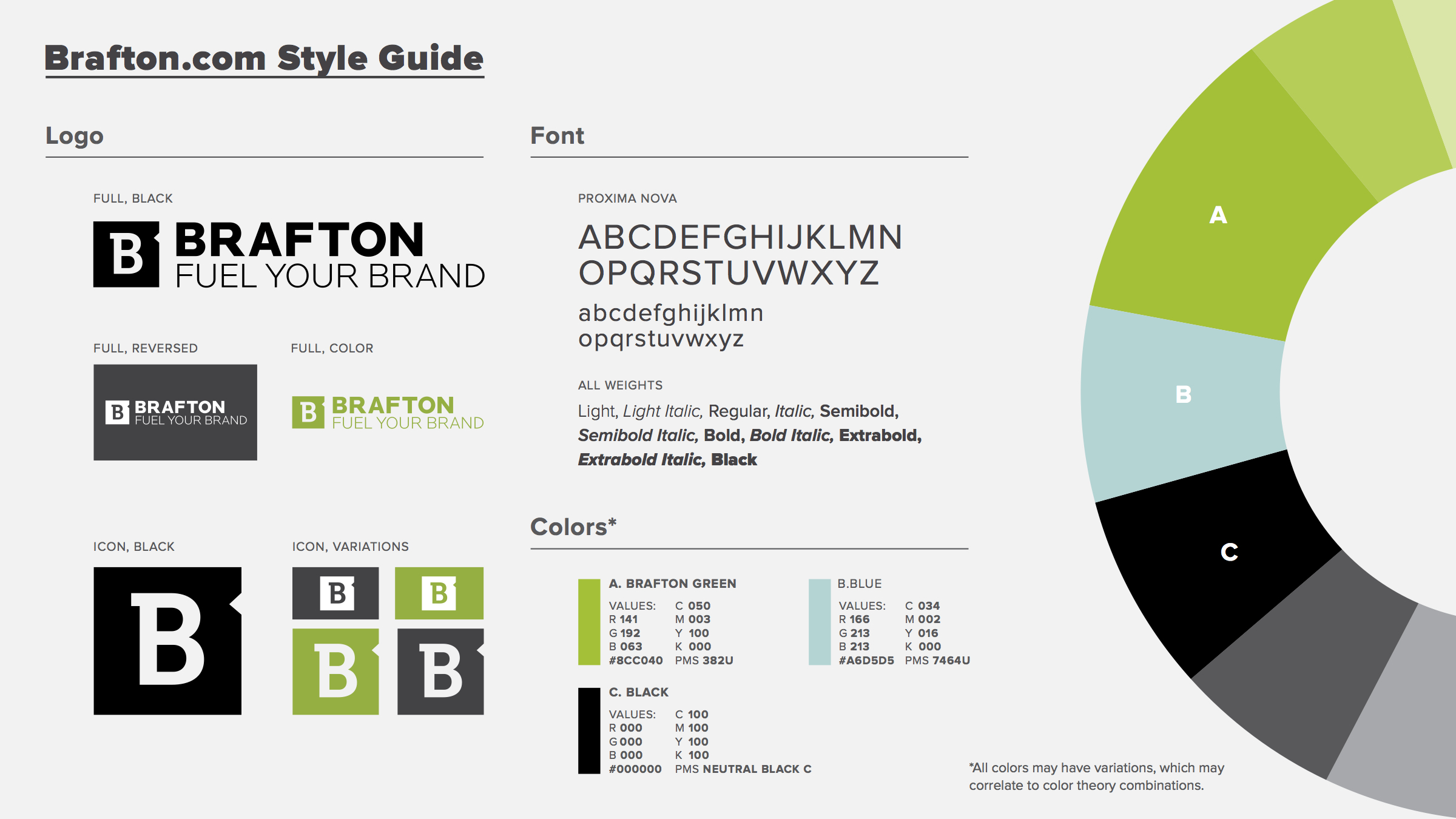
Additionally, brands need the proper channels to communicate effectively.
For a professional B2B audience, this could be LinkedIn and email. B2C brands may find success with Instagram and Snapchat. Whichever platform is used, the key is to stick to the brand identity you’ve created and ensure full adherence to brand guidelines in communications.
Branding in 2018: What matters and what works
Communication tactics that resonate in 2018 are:
Consistency
Staying on message isn’t always easy, but it’s a necessity.
Imagine if Apple no longer held its keynote events but changed the design of its iPhone – once-loyal customers would be in the dark and may question if the newest iPhone will still retain its former glory. In this sense, branding is a perpetual two-way discussion between businesses and customers – any break or residual distrust in this conversation erodes brand equity and diminishes the identity on which a brand is built.
Fact: Consistent branding leads to an average revenue increase of 23 percent.
Authenticity
Are you unique? Are you true to your values? Are you providing truly groundbreaking service or products?
These are questions customers want to know the answers to.
Authenticity in branding means being upright, honest and unique. Two companies selling virtually identical products may compete on prices, but whichever is viewed as more authentic will have a much easier time connecting with customers. Branding matters, plain and simple.
Fact: 64 percent of consumers state the primary reason they follow a brand is due to “shared values.”
Responsibility
It’s a world of data theft, cyberattacks and public relations scandals. Brands that rise above such incidents, or at least show a level of responsibility, are likelier to retain customer trust. Further, being responsible to customers at all stages of the relationship is critical.
Think of how rapidly the public perception of United Airlines, Target and Pepsi changed when they forcibly removed a passenger from a plane, failed to protect customer data and released an insensitive ad campaign, respectively. That’s a loss of trust that’s difficult to win back.
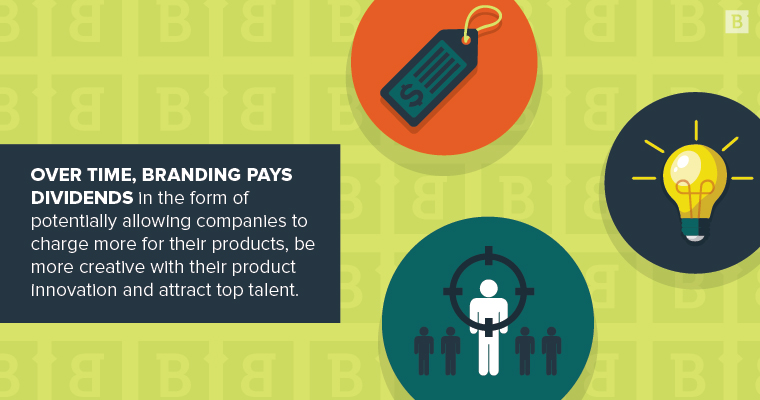
That’s why owning up to mistakes, charting better courses of business action and upholding company values means so much to customers and the brands they follow. And part of this relationship between business and consumer means always being in touch.
Being in constant contact with your customers and prospects elevates your brand and creates a pervasive awareness that knows no limits. The smallest web icon, the color of a logo, a product tagline – these all can have a monumental impact on the psyche of those who interact with you. Branding facilitates a mental recall of all the times your company was great and why it always will be.
Fact: 94 percent of consumers are likely to be loyal to brands that exhibit “full transparency” in their operations.
Need more info on the branding terms you may encounter? Here’s a starter pack:
Key Terms
- Brand image: How others perceive a brand and what is said about that brand.
- Brand identity: How companies want their brand to be perceived and what they project to customers.
- Brand marketing: Marketing products or services in a campaign that aligns with and supports the brand identity.
- Brand equity: Commercial value of a brand’s image, not necessarily the brand’s official products or services.
- Brand loyalty: When customers make repeat purchases from the same brand regardless of better offers from competitors.
- Brand messaging: Value proposition relayed to customers through content.
- Brand planning: Documenting the vision of a brand and a road map for its goals, strategies, tactics and purpose.
- Brand promotion: Informing, reminding and influencing prospects to remember or engage with a brand.
- Brand positioning: Owning a place in the market or a target customer’s mind.
- Brand repositioning: Adjusting or pivoting a brand’s position to achieve a new goal, either due to market forces or change in company direction.
- Brand awareness: How familiar the public is about a brand and its services, values and identity.
- Rebranding: Overhauling a brand’s established identity to adapt to planned or unplanned economic or internal changes.
Does branding really make a difference? Hint: Yes
We can think of branding as a subtle way of saying hello, of always being around, of creating a historical and future foundation for communicating who you are, what you do and why you matter to the public.
Over time, branding pays dividends in the form of potentially allowing companies to charge more for their products, be more creative with their product innovation and attract top talent.
Thinking of it this way, branding is ROI in the future tense.
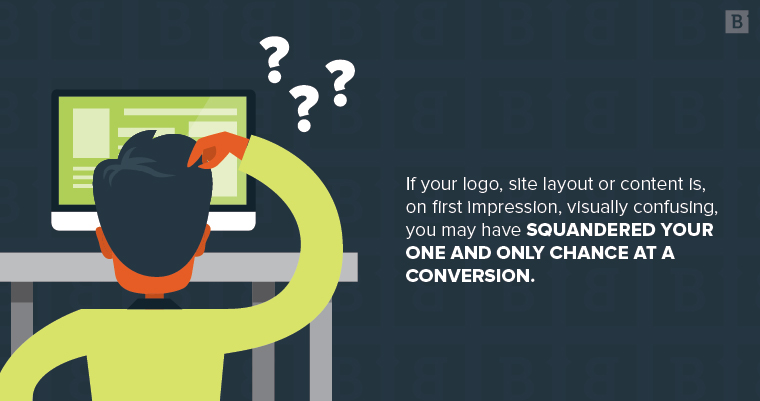
That’s why 77 percent of B2B marketers state branding is critical to their companies’ growth.
The very idea of Silicon Valley, for instance, is a brand in and of itself. New grads and young professionals flock to the region with the hope of landing a sweet gig at a tech startup – any startup, really. They may not even have connections yet, or the proper experience to get an interview, but the pull of of Silicon Valley as a brand prompts human action.
That’s a powerful differentiator. And by every indicator, it’s a money-maker, too.
Branding mistakes to avoid
Branding is not something that occurs within a vacuum, however. One does not simply brand their way to success or hit the jackpot with every branding campaign they launch: It’s a learning process.
In general, avoid:
Complicated designs
You’ve got a matter of milliseconds to convey your brand. And if your logo, site layout or content is, on first impression, visually confusing, you may have squandered your one and only chance at a conversion.
Vague copy
Is your brand results-oriented, customer-focused or industry-leading? Right, so is everyone other brand.
Copy used on logos, taglines and branded collateral needs to be concise, authentic and, above all, communicate personality.
Poor rollouts
Rebrands, product launches and ad campaigns can be months or years in the making. But due diligence in the planning phase doesn’t always lead to excellence once it’s time to execute. Update brand guidelines, hold beta rollouts and gather customer feedback to keep internal staff on message and prospects consuming the best side of your brand.
Unregulated brand mentions
Public perception can often seem like it’s out of your control. And you’re doing yourself no favors by not responding to customer reviews, allowing other companies to source or mention your brand without proper context or linking, letting competitors conquest your branded terms in PPC advertising and other iterations of relinquishing your image to louder or more aggressive companies.
Loose guidelines
You need a Brand Bible. It needs to be comprehensive. It needs to be adhered to.
Anything less undercuts your messaging and leaves your brand susceptible to thematic missteps and PR pitfalls.
Trendiness for the sake of trendiness
Do not co-opt the hot trend of the moment simply to gain social media visibility or appear hip. It’s difficult to be authentic or established if you’re constantly chasing the moving target of “trends.”
Culture-centric messaging
Defining your brand on the back of a narrow subset of consumers is a short-term play that many smaller or regional-specific businesses may consider “targeted,” but, in reality, it’s actually “confining.”
If a brand scales up but is still using yesterday’s messaging, it’s immediately off-putting. Brands may then appropriate symbols or touchstones of different audiences to appear universal – again, another no-no.
Create a globally functional identity and stick to it.
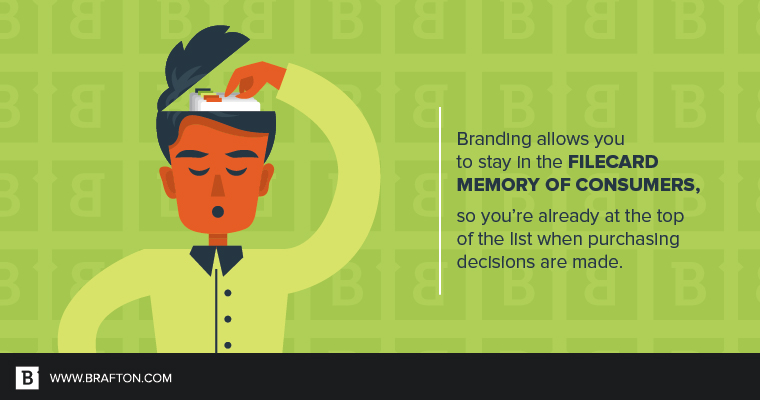
Content marketing is branding (and branding is content marketing)
Content marketing is, in practice, a more refined, niche way of interacting with an audience in a clear, branded way.
But prospects aren’t looking for more content; they’re looking for better content.
You could say the same about brands in general. No one wants more brands; they just want better ones to choose from.
Branding in 2018 is about one thing: being better at being yourself.
With that in mind, who, exactly, are you?



